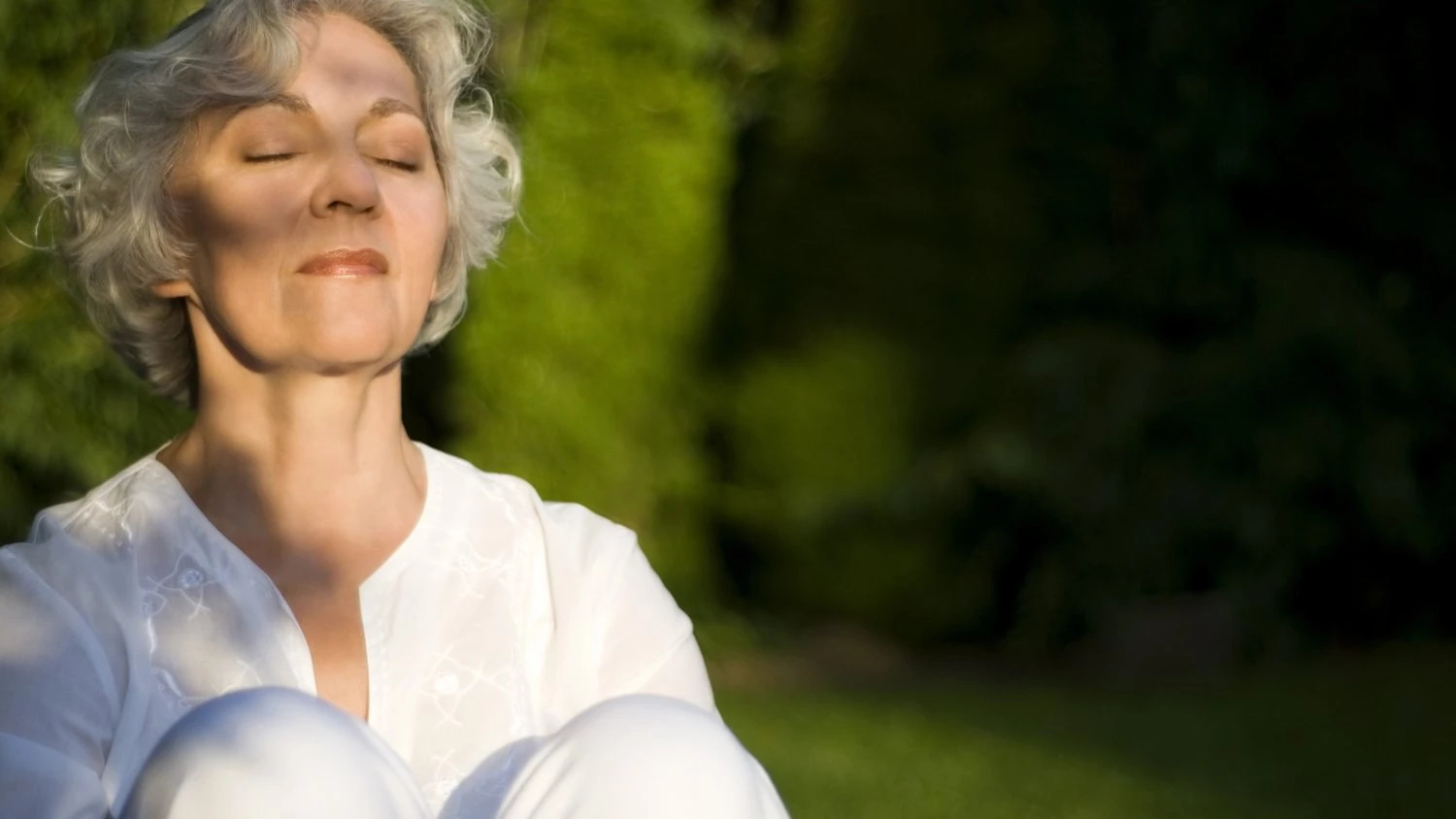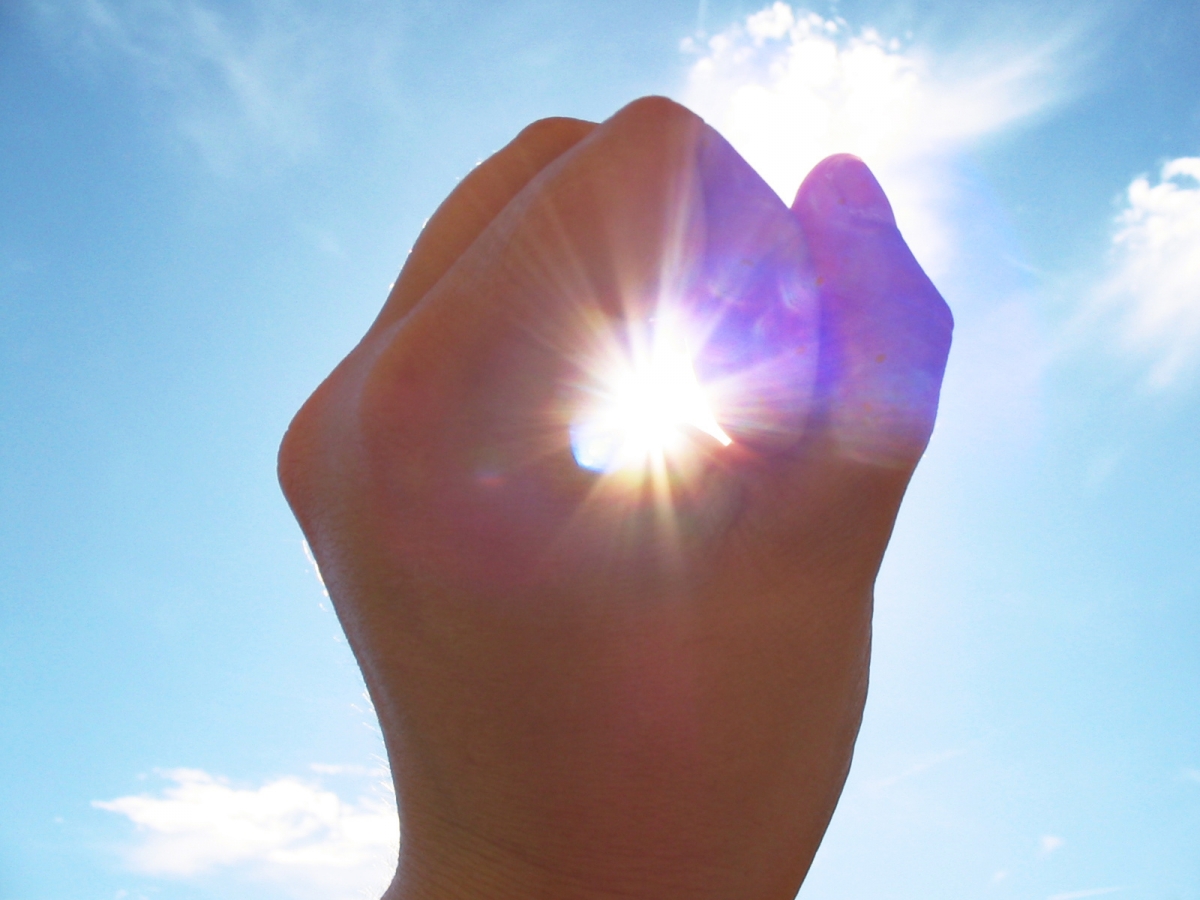Amy Weintraub on Best Yoga Techniques for Depression

The ancient yogis believed that we hold life’s traumas and losses in both our psychic (mental-emotional) body and our physical body. If this is indeed the case, the body is an important gateway for relieving mental health issues like anxiety, depression, and other mood disorders.
Amy Weintraub, founder of LifeForce Yoga and author of Yoga for Depression has long been a leading advocate for using yoga to help combat depression, whether as an alternative to depression treatments in cases of mild depression or an adjunct to allopathic treatments. In this interview, she discusses some of the yoga techniques she has found to be particularly helpful when using yoga to combat depression. This is the second half of an interview with Amy Weintraub, which appeared on the Huffington Post. The first part of the interview can be found here.
Question: In LifeForce Yoga, you particularly emphasize yoga techniques like Pranayama breathing techniques, chanting, and Kriyas (targeted movements with specific actions). Breath and Kriyas are often used to move energy blocks in the body. Do you think that stagnant or blocked energy is a factor in depression?
Amy Weintraub: Most likely. If you’ve noticed people who are depressed or if you’ve been depressed in the past, the posture is usually slumped and the belly is kind of dormant. There’s not much happening in the 2nd chakra and the 3rd chakra and the core of the body.
So yoga practices targeting depression can help release blocks in those areas. People who struggle with depression can use sound, for example, while doing a yoga pose to energize and release blocks in the core of the body, which tends to get dormant and sluggish in people with depression. For example, Kapalabhati breath, which involves a vigorous pumping of the belly is very useful for enlivening this area. Similarly, doing yoga poses like Cobra or Sphinx pose, while reciting the seed mantra for the 2nd chakra, “Vom,” is very useful. What happens is that we’re actually stimulating those areas and releasing blocks of stagnant energy.
Another wonderful practice, just to get your energy moving and get you motivated to practice is Breath of Joy. Breath of joy is a kriya, a targeted movement practive, which is particularly effective in managing mood, as it counters the shallow breathing that is so common in people who struggle with depression.
So basically any yoga, whether they’re Yoga Asanas, Pranayama, Kriya, or sounds like Mantras or chanting, we help to release the blocks and release whatever is compressed or constricted from those areas of the body. And this can be any kind of blocks—lymphatic, muscular, energetic, or emotional.
Study with Amy Weintraub Online: Recorded Webinar:
 Change Your Body, Change Your Mind – Yoga for Depression
Change Your Body, Change Your Mind – Yoga for Depression
Question: As you work with people who suffer from depression what are some of the greatest joys that you feel?
Amy Weintraub: Just the shining faces. When someone is depressed, their countenance can be dull, they often have a lethargic, almost grey look. It’s so gratifying to me to see the transformation in people’s faces and to look into their eyes afterwards and see them shine.
People tell me, “Well, I’m no longer taking medication. I worked with my doctor. I feel great.” I get stories like that all the time. But for me, it’s seeing the faces. It’s very heartwarming. So it’s just interacting with people and seeing the transformation in people.
Yogis believe that one of the reasons we get depressed is because we forget who we really are. We forget that we’re intimately, eternally, and deeply connected to all beings and to universal energy. And we forget that, especially when we’re depressed. We feel isolated and alone.
When we do these practices, we get sense of our connection and it begins to shine on our faces. And then we begin to connect with others. So it’s just a delight to see the transformation in people’s energy and faces by the end of a weekend workshop or even the end of an evening.
Question: That’s beautiful. What would you say to someone who suffers from depression and anxiety at this moment?
Amy Weintraub: I would say it’s hard. It’s really hard to believe this. When depression is there, it’s really hard to believe that you are more than your depression. But you are. You may have a depressed mood, but you’re so much more than that mood. You may have negative beliefs about yourself or the world. You may be very self-judgmental. But you’re so much more than those negative beliefs. You may have physical discomfort related to your mood but you’re so much more than your physical discomfort.
And when you practice yoga, you get a glimmer, at first, just a glimmer. But it’s a window into how much more you really are than that depressed mood. So when you’re practicing yoga with attention to sensation in your body and to the breath, you sense how much more you are than that depression.
You can practice yoga in a driven, compulsive way and it’ll still be good for you. But if you can pay attention to sensations and you can pay attention to the breaths, you are creating a window into the present moment. And in that present moment, there’s no grief. There’s no shame. There’s no depression. There’s just what is.
Study with Amy Weintraub Online: Recorded Webinar:



